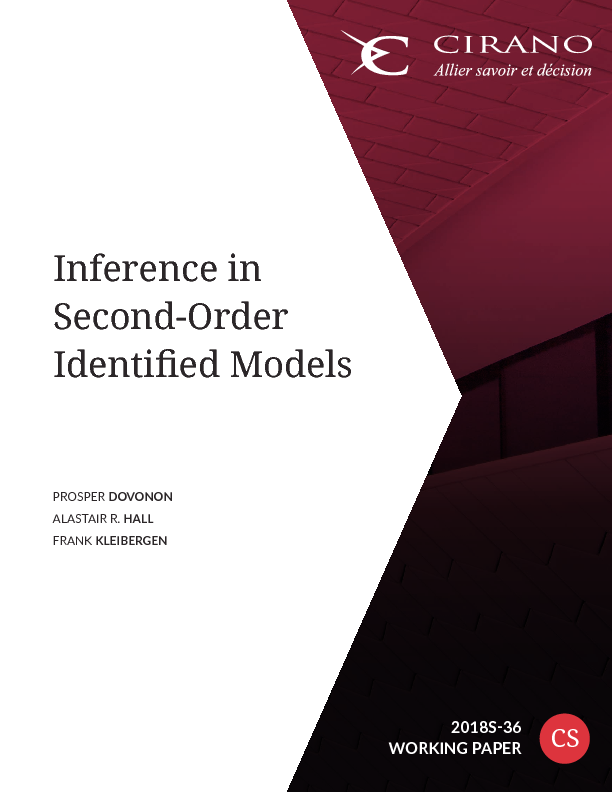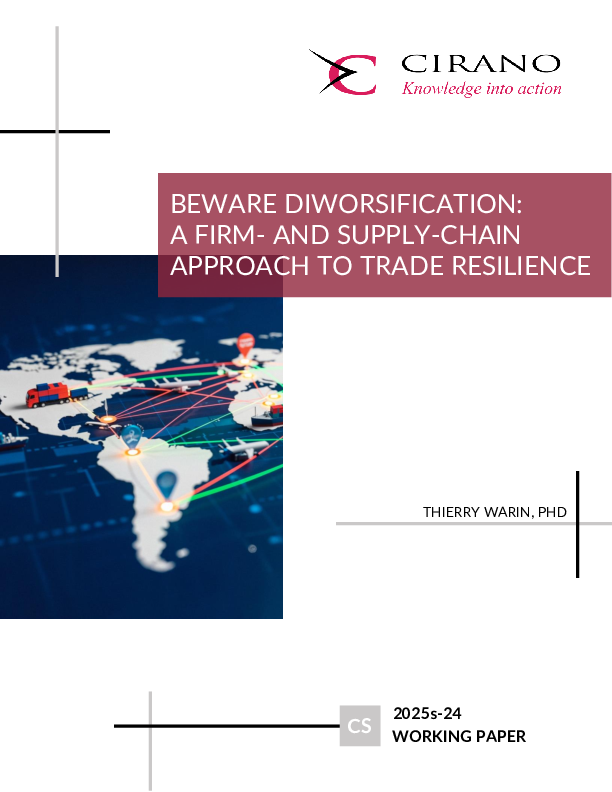Inference in Second-Order Identified Models
We explore the local power properties of different test statistics for conducting inference in moment condition models that only identify the parameters locally to second order. We consider the conventional Wald and LM statistics, and also the Generalized Anderson Rubin (GAR) statistic (Anderson and Rubin, 1949; Dufour, 1997; Staiger and Stock, 1997; Stock and Wright, 2000), KLM statistic (Kleibergen, 2002, 2005) and the GMM extension of Moreira’s (2003) (GMM-M) conditional likelihood ratio statistic. The GAR, KLM and GMM-M statistics are so-called “identification robust” since their (conditional) limiting distribution is the same under first-order, weak and therefore also second order identification. For inference about the model specification, we consider the identification-robust J statistic (Kleibergen, 2005) and the GAR statistic. Interestingly, we find that the limiting distribution of the Wald statistic under local alternatives not only de-pends on the distance to the null hypothesis but also on the convergence rate of the Jacobian. We specifically analyze two empirically relevant models with second order identification. In the panel autoregressive model of order one, our analysis indicates that the Wald test of a unit root value of the autoregressive parameter has better power compared to the corresponding GAR test which, in turn, dominates the KLM, GMM-M and LM tests. For the conditionally heteroskedastic factor model, we compare Kleibergen’s (2005) J and the GAR statistics to Hansen’s (1982) overidentifying restrictions test (previously analyzed in this context by Dovonon and Renault, 2013) and find the power ranking depends on the sample size. Collectively, our results suggest that tests with meaningful power can be conducted in second-order identified models.




